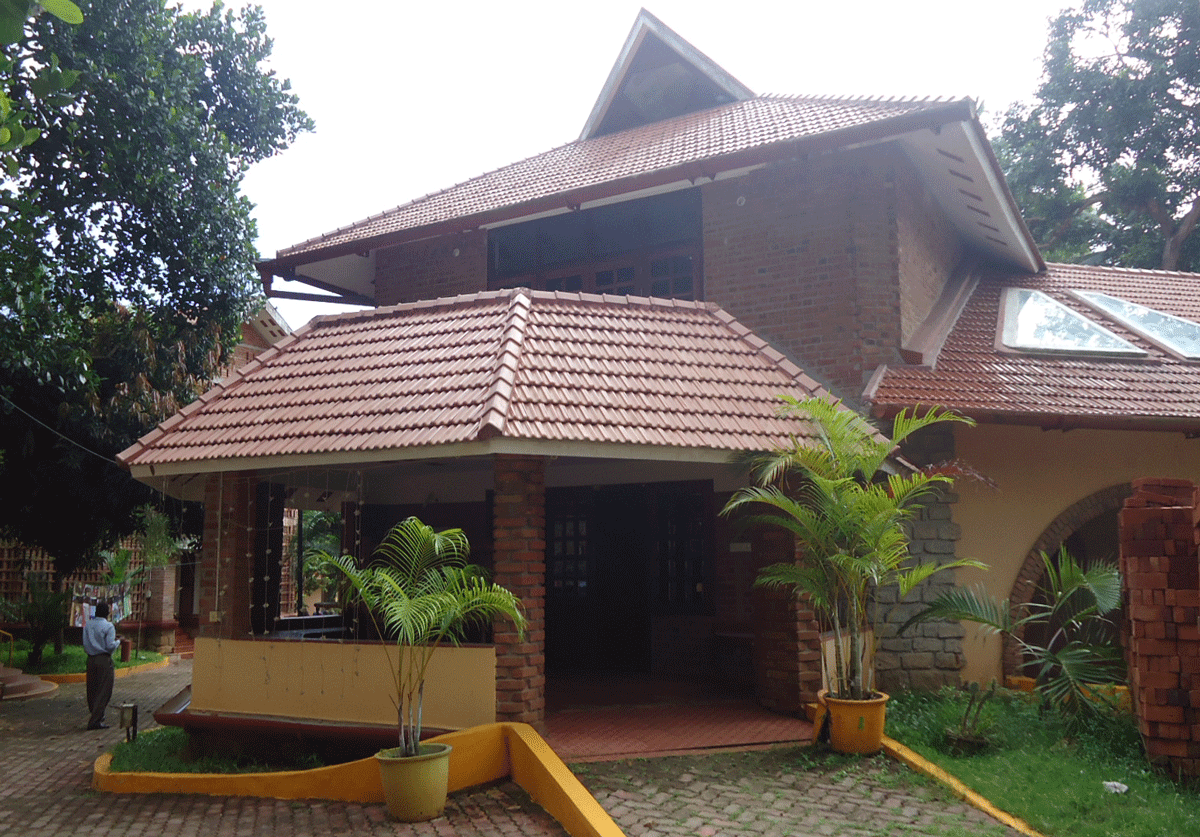Submitted by Pappal Suneja
Criticism vs. Populism & Contextual Architecture
India Architecture News - Jul 11, 2018 - 05:38 18797 views

Contextual Architecture is the study of consciousness, deeply connected with what we feel in and around the built environment and landscapes, which are made not just to stand but rather to generate quality spaces. The essence of obligation to truth and loyalty of the building is the discipline of Critical Evaluation of Criticism v/s Populism in Architecture related to Contextual Responses.
“An Architect is too much in love with his creation; indulges in narcissism or self-love, only a contextual critic can bring out a perspective”. 'Wow!' and 'Why?: These are the two expressions which a critic expresses after the construction of a new building.
In today’s time, the most important aspect of consideration is designing vis-à-vis natural local resources, keeping in mind the data for judicious and efficient usage. Criticism is not primarily finding faults, but a detailed examination of the case undertaken. At a later stage, it is critical that decides the merit of work. Popularity, too, is important because until and unless there is the perception of happening, it has not happened yet; and the most important thing is spreading appropriate awareness to the right people at the right time.
Contextual Architecture is the biggest form of subjective art. For instance, the city of Chandigarh has brought an architectural discourse in the country, yet enigmatic, as the responses to it are extreme and variable. Conversely, Indian tradition is unmatched to any other in the whole world, because of its involvement in holistic humanism architecture. Moreover, a holistic approach toward building technology is important as it defines the hold on humanity and creativity in architecture. One should be passionate about what he believes in and go ahead at all costs, no matter how many people try to stop them. Have the urge fitting in the fire to sustain the concerned desire and passion; impact shall be visible, say later. Thus, the focus should be on far-sighted goals and aspirations.
Rejuvenation of tradition, to which India is the first signatory, is what Contextual Architecture demands. In this process, creativity should evolve consistently between tradition and modernity. As a tree sheds dead wood on its own, we as future architects should evolve flexibility to bring about the required change with respect to time-space and people. Change is desirable and at times unavoidable; further, it can be beneficial or disastrous. As a budding architect, I feel that change is required throughout time, for orientation of nature’s harmonious balance. The era is changing. Technology is at its brilliance. Yet, we are craving for a safer world with sustainability and energy efficiency, whereby we want a balance between man and nature. Partial growth is undesirable, as it leads to distortion in livelihood. The silent and radiant revolution will ensure fruitful growth.
From breathing in caves to living in skyscrapers, we humans really deserve a pat on our backs. This journey is the result of our wheel of evolution. Architecture in relation with contextual approach has a great history, from caves to mud houses to brick houses and finally, to modern houses. Our human greed, to make a shelter that is more durable and appealing, has brought us to this point. Now, we are all geared up to learn and let our thoughts go wild and convert our imaginations into beautiful structures. Change in time has brought change in our thinking, ideas, knowledge, and wants.
Populism, Criticism; or Both!!
Journalism has an immediate connection with the current happenings. According to Google, it is defined as: ‘the activity or profession of writing for newspapers, magazines, or news websites or preparing news to be broadcast.’ In comparison to this, Google defines criticism as: ‘the analysis and judgment of the merits and faults of a literary or artistic work.’ From the aforementioned definitions, we can understand that criticism is not merely finding faults, but a critical examination and scrutiny of an artistic work.
For each of journalism and criticism, it becomes imperative that communication skills are honed into classrooms so that anybody who is up for taking up a profession in journalism or fancies criticizing artworks can do so without hesitation. A journalist, however, is more of a messenger, giving out details to people. Populism is the process of promoting or creating awareness about something among the populace.
Criticism and populism are both important in their own aspects. The need for architectural writings, through these media, needs to be understood. All reality is an act of perception; and until there is a perception of happening, it has not happened yet. The work of architecture has to be brought to the limelight and has to be noticed. Later, criticism would decide its merit. Architecture is the biggest form of public art as it is rightly said, “Form follows fat wallets”.
Top Image © Pappal Suneja (Kanthari: International Institute for Social Change, Trivandrum)
